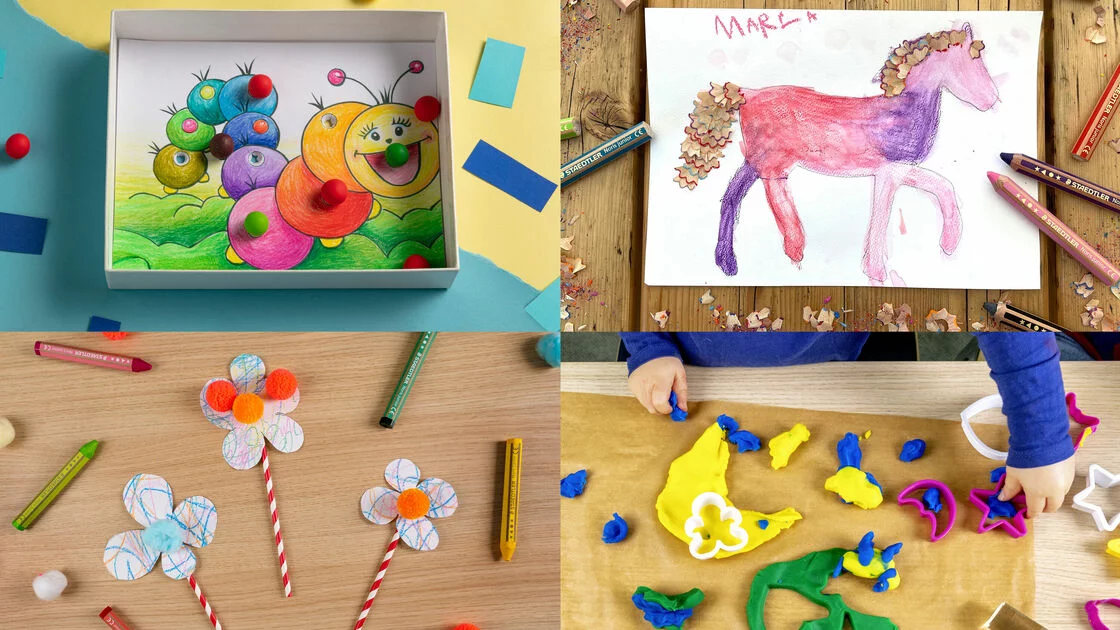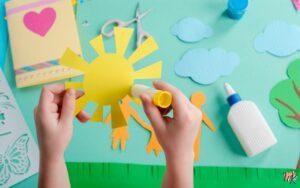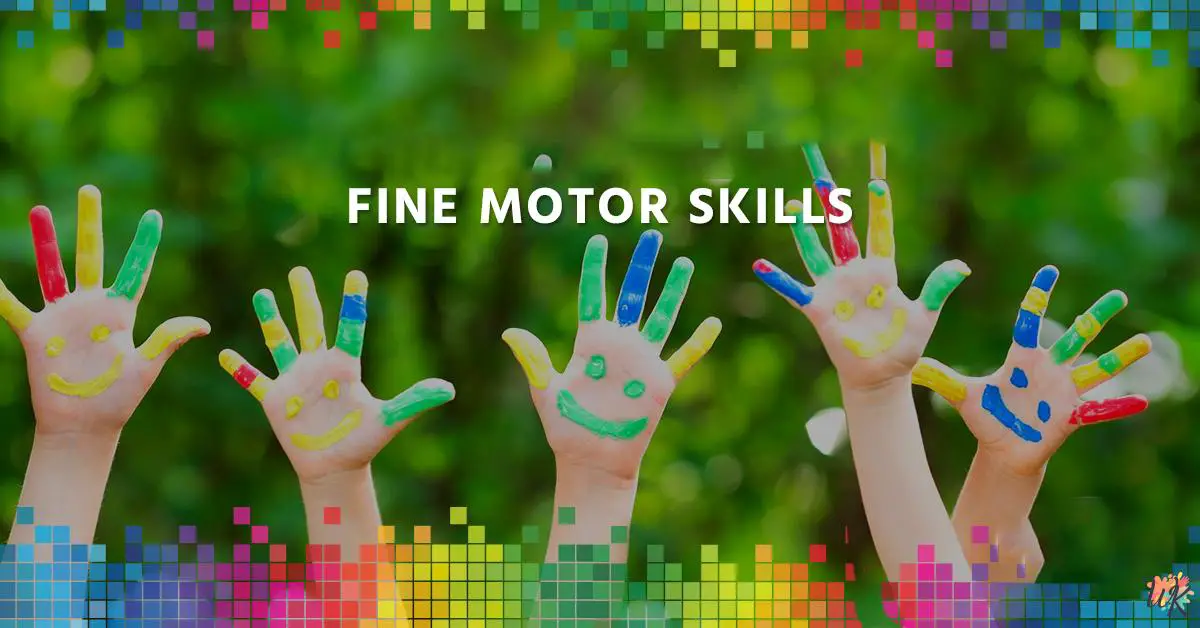Coloring is more than just a fun pastime for kids; it’s a creative and educational activity that offers a myriad of benefits for their development. Whether it’s using crayons, colored pencils, or markers on paper, coloring provides children with a safe and enjoyable way to express themselves and explore their imagination. This article is a comprehensive guide that will take parents, educators, and young artists on an exciting journey into the world of coloring.

The Benefits of Coloring for Children’s Development
Coloring plays a vital role in a child’s development. Not only does it enhance their fine motor skills as they learn to grip and control coloring tools, but it also helps in improving hand-eye coordination. When kids focus on coloring within the lines, they are refining their concentration and attention to detail, which can be beneficial in various aspects of their lives, including academic pursuits.
Moreover, coloring has a therapeutic effect on children, promoting relaxation and reducing stress levels. It allows them to express their emotions through colors, making it an excellent emotional outlet. By encouraging children to choose colors that reflect their mood or feelings, parents and educators can foster emotional intelligence and self-awareness. Overall, coloring serves as a powerful tool for children to build confidence in their abilities, stimulate creativity, and develop essential life skills.

Understanding the Psychology of Coloring
Coloring has been widely recognized as a therapeutic activity for children, offering a range of emotional and psychological benefits. Engaging in coloring can be akin to a form of meditation, as it allows kids to immerse themselves in the creative process and temporarily escape from any stress or worries they may be experiencing. The act of coloring helps in releasing endorphins, the feel-good hormones, which can elevate a child’s mood and create a sense of happiness and relaxation.
For children who may find it challenging to express their feelings verbally, coloring provides an excellent outlet for emotional expression. When presented with various colors, children instinctively pick shades that resonate with their emotions, helping them articulate and understand their feelings better. As a parent or educator, it’s essential to create a supportive and non-judgmental environment during coloring sessions, allowing children to freely express themselves through their artwork.
In addition to emotional benefits, coloring also aids in developing fine motor skills. The precision required to stay within the lines and apply various pressure levels while coloring enhances hand-eye coordination and dexterity. This improvement in fine motor skills can have a positive impact on a child’s ability to write, draw, and engage in other activities that involve hand movements. Therefore, incorporating regular coloring sessions into a child’s routine can contribute significantly to their overall emotional well-being and cognitive development.
How Coloring Enhances Fine Motor Skills
One of the fundamental aspects of coloring is the fine motor skills it helps children develop. Fine motor skills involve the use of small muscles in the hands, fingers, and wrists, and they play a crucial role in activities like writing, drawing, and buttoning clothes. As children hold and maneuver coloring tools, such as crayons or colored pencils, they are engaging and strengthening these fine motor muscles.
When kids color, they learn to control the pressure applied to the coloring tool, which influences the intensity of color on paper. This control requires a delicate balance of coordination between the eyes and the hands, enhancing their hand-eye coordination. As they learn to stay within the lines and fill in intricate details, their spatial awareness and precision also improve.
Coloring activities can be tailored to children of different age groups to suit their developmental needs. For younger children, larger and simpler shapes with broader lines can help them build foundational motor skills. As they grow older, more complex and detailed coloring pages can challenge their fine motor abilities, encouraging them to refine their hand movements and artistic expressions.
To further enhance fine motor skills, parents and educators can introduce coloring exercises that involve varying techniques, such as stippling, cross-hatching, and blending colors. These techniques not only add depth and dimension to their artwork but also provide an opportunity to practice different strokes and movements with their coloring tools.

Stimulating Creativity and Imagination through Coloring
Coloring is a boundless canvas for a child’s imagination to flourish. When presented with a blank coloring page, children have the freedom to choose colors, shapes, and patterns based on their own preferences and creative vision. This unstructured play allows them to explore their artistic talents and experiment with color combinations, fostering a sense of innovation and originality.
As children gain confidence in their coloring abilities, they may begin to transform coloring pages into imaginative worlds. A simple flower could become part of a magical garden, or a blank sky might turn into a vibrant sunset over an enchanted castle. Encouraging kids to use their imagination during coloring sessions not only makes the activity more enjoyable but also nurtures their creativity and problem-solving skills.
Parents and educators can fuel children’s imagination by providing coloring books with diverse themes, from fairy tales and space exploration to underwater adventures and historical events. Additionally, incorporating storytelling during coloring sessions can inspire children to add narrative elements to their artwork, creating unique stories that complement their colored illustrations.
Conclusion
Coloring is a delightful activity that brings immense joy to children while offering an array of developmental benefits. From enhancing fine motor skills and fostering creativity to providing a therapeutic outlet for emotions, coloring has a positive and lasting impact on a child’s growth. This article will continue to explore the world of coloring, diving into the various techniques, supplies, and projects that will captivate young artists and ignite their imagination. Whether you are a parent, educator, or a curious child, get ready for lots of exciting and unique ideas for kids to color!

Hi there! My name is Becky Gomez, and I was born on December 12th, 1992 in the great United States of America. I am passionate about all things art and have always dreamed of sharing my love of art with others.
To pursue my passion, I attended some of the most prestigious art and painting schools in the United States. I earned a Bachelor of Fine Arts degree from the Rhode Island School of Design, followed by a Master’s degree in Art Education from Columbia University in New York.
Currently, I am an elementary school art teacher, inspiring and guiding young minds to explore their creativity and imagination. I believe that art education is an essential aspect of a well-rounded education and can be used to teach children valuable skills and important life lessons.
Outside of work, I am a savvy SEO professional and have created 5 popular coloring websites: ColoringpagesWk.com, Kleurplatenwk.nl, Disegnidacolorarewk.com, Dibujosparacolorearwk.com, and Coloriagewk.com. My goal with these websites is to provide fun and engaging resources for children to learn about art while also having fun.
I am passionate about using my talents and expertise to make a positive impact on the world, and I believe that education and the arts are the keys to achieving this goal. I am always looking for new opportunities to create and innovate, and I can’t wait to see what the future holds.
Contact Info:
Street: 950 Doyers Street
City: New York
State: NY
Phone: +1202-555-0126
Zipcode: 10013
Country: United States
